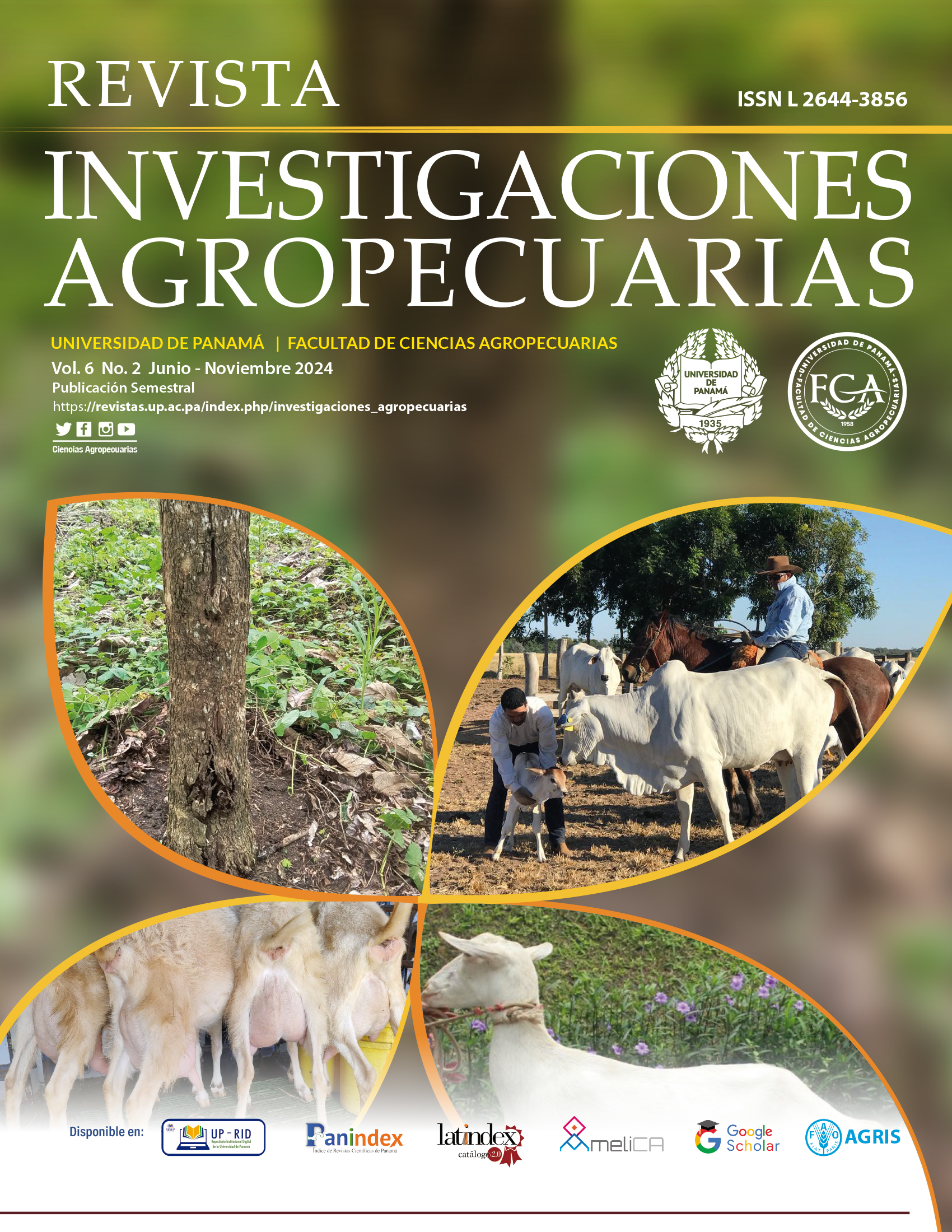

Copyright (c) 2024 Revista investigaciones agropecuarias

This work is licensed under a Creative Commons Attribution-NonCommercial-ShareAlike 4.0 International License.
The objective of the present study was to evaluate the phenotypic selection of Saanen and Parda Alpina dairy goats using linear scoring in morphological, linear characteristics and dairy ability. 20 adult goats between 2 to 6 years old, 10 Saanen animals and 10 Parda Alpina were used. The linear evaluation was carried out 45 days postpartum. In this study, 27 variables were evaluated, three morphological, two productive and 22 linear, from four body regions, which were divided into general appearance and capacity (25 points), milk structure and strength (15 points), mammary system (40 points) and legs and hooves (20 points) with a total of 100 points. Traits and variables were analyzed using analysis of variance and principal components (PCA). There was a racial effect (p<0.05) in the traits of structure and capacity, dairy structure, and the mammary system. However, there were no differences (p>0.05) for legs and hooves. The final score, live weight, chest circumference, height of the cross, daily and total milk production at 250 days of lactation were different (p<0.05) between the breeds. The PCA explained 79.90% of the variance in the data. In conclusion, the comparative analysis of the morphological, linear and productive variables allowed us to characterize the Saanen breeds with greater dairy ability, with good conformations of dairy structure and functional capacity. Multivariate principal component analysis is an optimal statistical technique that allows us to separate the phenotypic differences between the Saanen and Brown Alpine breeds and can also efficiently identify the most outstanding individuals of both racial groups.